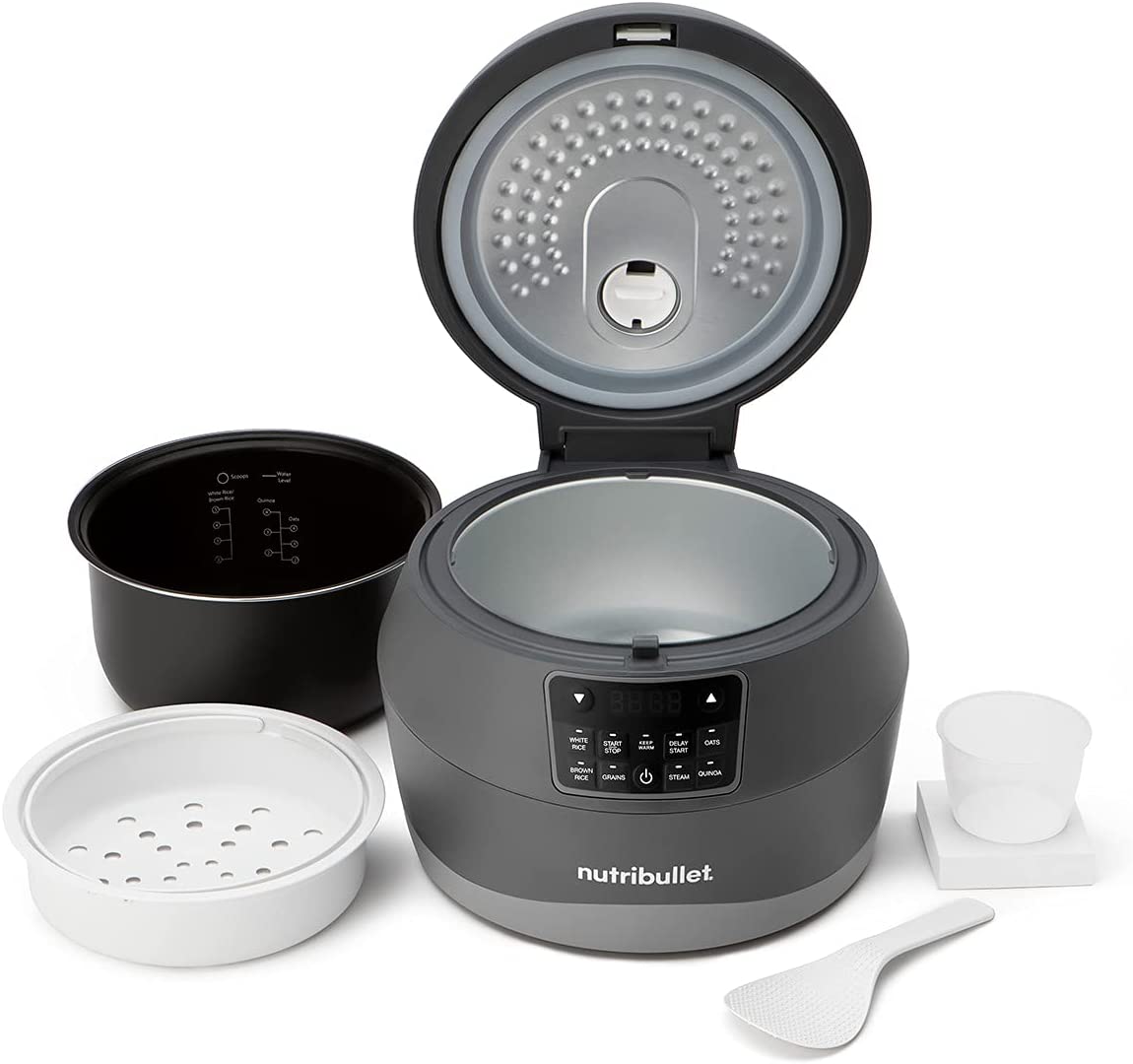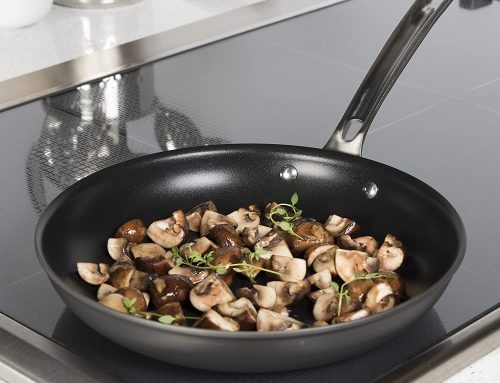There is a saying, “Disease comes from the mouth”. As a household appliance for daily cooking, the cleaning of rice cookers should not be underestimated. We often limit ourselves to wiping the outer shell and cleaning the liner, allowing stains in other parts to take advantage.
The most important thing is that the daily cleaning we do may not be comprehensive. During the cooking process, bacteria and stains will penetrate the rice. Therefore, it is necessary to master the correct cleaning method for the rice cooker.
Cleaning the shell of the rice cooker
The outer casing of the rice cooker is mostly made of plastic or metal spray paint. And, it is difficult to clean up after the surface is stained with oil. Many people like to wipe with detergent, but detergent is easy to contaminate the liner. We can take the following methods to try to clean.
1. Rice cooker clean with toothpaste
Using toothpaste is a good way. Dab some toothpaste on a damp cloth and gently wipe the stained area a few times, just like new. First, we squeeze a small amount of toothpaste into the scouring pad. Then gently wipe the surface of the rice cooker with toothpaste. Toothpaste has a strong decontamination ability and is not corrosive. It contains calcium carbonate powder inside, which can dissolve stains and use for Perfect cleaning surface stains.
2. Rice cooker clean with white vinegar
We can pour some white vinegar on a dry towel, and then use it to directly wipe the shell of the rice cooker, focusing on wiping the dirt area several times.
3. Rice cooker clean with baking soda
The role of baking soda removes oil stains. It can soften the oil stains attached to the surface of the rice cooker. We can use chopsticks to stir the baking soda in the water evenly. then put it aside for about 15-20 minutes to allow the baking soda and water to fully dissolve. Then you can pour the liquid into the sprayer. Use the sprayer to spray on the surface of the rice cooker when cleaning, and finally, use a rag to wipe off the oil easily.
This toothpaste is not only used only for daily brushing but also we can use it to clean the shell of the rice cooker. The soft toothpaste contained inside can just neutralize the external stains, and the cleaning effect is excellent.
If you feel that ordinary toothpaste is not effective, you can choose this baking soda toothpaste. It has a better stain removal effect than ordinary toothpaste and is safe to use. It is suitable for daily necessities and self-cleaning.
This edible baking soda powder is also used to clean tableware or household appliances. It does not contain any chemical ingredients and will not hurt hands. It is very suitable for cleaning the shell of the rice cooker.
4. Alcohol cleaning
When rice grains or dirt falls into the bottom of the rice cooker or the heating plate, use a screwdriver to remove the screws at the bottom of the rice cooker, open the bottom cover, and remove the rice grains and dirt. If there is dirt accumulated in a certain part of the control part, clean with a stiff brush, and then scrub it with anhydrous alcohol.
5. Soak cleaning
If the bottom of the rice cooker or heating plate is found to be burnt, do not scrape it with sharp and hard tools to prevent accidents such as burning the rice cooker caused by the deformation of the bottom. When it needs to clean, it is soaked in water first to soften and separate it from the bottom of the pot. If necessary, it can be heated to accelerate the softening of the coke. After the large pieces fall off, use a broom to clean them.
Household alcohol
It can be used for skin disinfection or cleaning rice cookers. The bactericidal ingredients contained in it can inactivate most germs and bacteria.
This disposable alcohol is very suitable for cleaning rice cookers. Its environmentally friendly formula will not cause harm to the human body. It will not cause corrosive effects on home appliances. You can use it with confidence.
Cleaning the inner tank of the rice cooker
The cleanliness of the liner directly affects our dietary health, so its cleaning can be said to be the top priority. In addition to the soaking method, we know every day, what other methods are applicable?
Choose a non-stick coating liner
The reason why we think that cleaning the inner pot is very troublesome is that a large part of the reason is that the rice cooker will stick to the pan after a long time. It will naturally be difficult to remove the stains over time. Therefore, the best way to clean the inner pot is to choose non-stick. The coating is standard, just wipe it off with a damp cloth after each, use and it’s very clean.
Cleaning other parts of the rice cooker
The overall structure of the rice cooker consists of other parts in addition to the outer shell and the inner liner, which should not be forgotten when cleaning, mainly the bottom of the pot and the surface of the electric heating plate.
Use cleaning products
First, unplug the rice cooker, take out the inner pot and pour it into hot water for a while, leave appropriate water after soaking, and drop in the detergent. then wipe the inner wall with a soft cloth, the inner pot is affected by alkali or acid. The effect will be corroded to produce black spots. It can be wiped off with decontamination powder or soaked in vinegar. After overnight, it will be removed. After brushing, rinse with clean water. Wipe the surface and internal moisture with a rag and put it in the pot.
Precautions
When cleaning, a softer rag should be used. A cleaning steel ball should not be used for brushing. The cleaning ball will damage the coating of the inner pot of the rice cooker, resulting in the inner pot being no longer smooth, which will cause sticking to the pan when cooking. After cleaning, be sure to wipe the outer wall and bottom of the inner pot clean before placing it in the rice cooker. If the outer wall of the inner pot contains water stains, put it in the pot, which may cause damage to the rice cooker the next time you use it.
Have you got the correct cleaning tips for the rice cooker? Follow the steps one by one and the cleaning effect will be better.









Leave A Comment